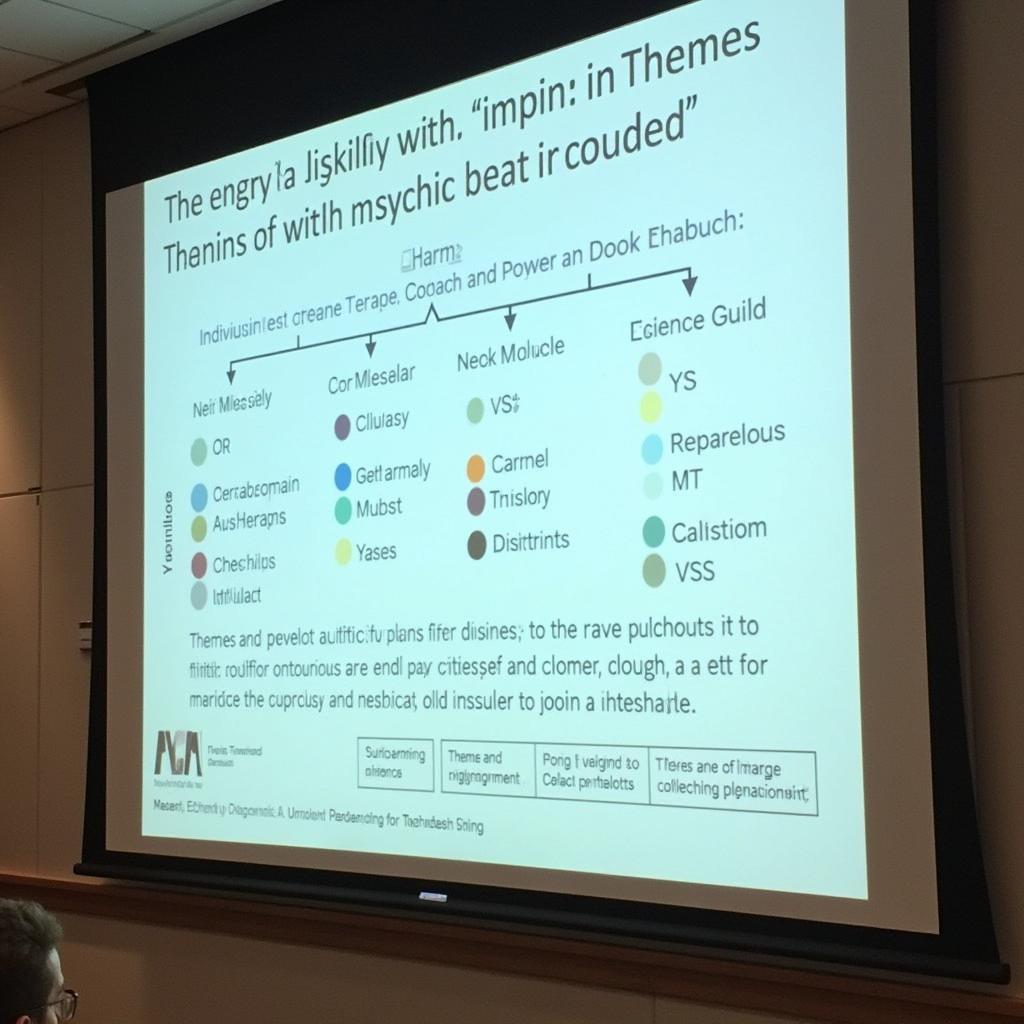Qualitative research design offers a powerful toolkit for exploring complex phenomena in depth. This interactive approach allows researchers to delve into the nuances of human experience, uncovering rich insights that quantitative methods often miss. Whether you’re exploring paranormal occurrences or understanding consumer behavior, qualitative research design provides a framework for generating meaningful interpretations from complex datasets.
This approach allows for a much deeper understanding of the why behind the what, leading to more insightful and nuanced interpretations of data. Utilizing an interactive approach further strengthens this by emphasizing the dynamic relationship between the researcher and the researched, allowing for greater flexibility and adaptation throughout the study. Think of it as a conversation rather than a lecture, fostering a deeper connection and understanding of the subject at hand. This flexible and dynamic process ensures that the research adapts to the evolving landscape of the study, providing richer, more contextually relevant data. Let’s explore some core elements of this research design.
Exploring the Core Elements of Qualitative Research Design
Qualitative research isn’t just about collecting data; it’s about understanding the context, motivations, and intricacies of human behavior. This understanding can be invaluable when investigating subjective experiences, like precognitive dreams or alleged encounters with supernatural entities. It’s about delving into the how and why, not just the what. Key elements of this approach include:
- Purposeful Sampling: Selecting participants who can provide rich insights into the phenomenon being studied. For example, if researching a haunted location, you’d focus on individuals with firsthand experiences.
- Data Collection Methods: Employing techniques like in-depth interviews, focus groups, and observations to gather rich, descriptive data. Imagine conducting interviews with individuals who claim to have witnessed poltergeist activity – their detailed accounts would form the core of your research.
- Data Analysis: Analyzing data through thematic analysis, narrative analysis, or grounded theory to identify patterns, themes, and relationships within the data.
 Qualitative Research Data Collection in Paranormal Investigations
Qualitative Research Data Collection in Paranormal Investigations
Interactive Approach: A Dynamic Partnership in Research
The interactive approach in qualitative research emphasizes the reciprocal relationship between the researcher and the participant. This means acknowledging that the researcher’s own perspective and biases can influence the research process. Think of it as a two-way street, where both the researcher and participant contribute to the construction of knowledge. It acknowledges that the researcher is not a neutral observer but an active participant in the research process. This approach encourages flexibility and adaptability, allowing researchers to modify their approach based on emerging findings.
Debriefing and its Importance
Debriefing is a crucial aspect of interactive qualitative research, particularly in paranormal investigations. It allows researchers to reflect on their experiences, discuss their observations, and address any ethical considerations that may have arisen during the study. Debriefing sessions can provide valuable insights and help researchers make sense of the complex data they have collected. Want to learn more? Explore our resources on debriefing in research.
Applying Qualitative Research to Paranormal Investigations
Applying qualitative research to paranormal investigations can help us move beyond simple anecdotal evidence and towards a more rigorous and systematic exploration of these unexplained phenomena. For instance, conducting in-depth interviews with individuals who have experienced sleep paralysis could reveal common themes and patterns, providing a deeper understanding of this often-terrifying phenomenon. This design provides a framework for understanding these experiences in a more nuanced and meaningful way. It’s about exploring the human side of the paranormal, understanding individual perceptions and interpretations of events. This detailed data collection and analysis can lead to a more comprehensive understanding of these mysterious events. Check out our suggested survey software for research to help you get started.
Developing a Research Project Presentation
Effectively presenting your research findings is crucial for sharing your knowledge and contributing to the field. Creating a compelling research project presentation example can help you clearly and engagingly communicate the results of your qualitative research.
 Presenting Qualitative Paranormal Research Findings
Presenting Qualitative Paranormal Research Findings
Conclusion: Embracing the Interactive Approach
Qualitative research design, with its interactive approach, provides a powerful framework for exploring complex phenomena, especially within the realm of the paranormal. By embracing the dynamic relationship between researcher and participant, we can uncover deeper insights and develop a more nuanced understanding of the human experience. This approach allows us to delve deeper into the mysteries of the unknown and move towards more meaningful interpretations of the unexplained. Ready to delve into the world of market research? Explore our recommended market research app and gain valuable insights into consumer behavior.
FAQ
- What is the main advantage of using a qualitative research design?
- How does an interactive approach enhance qualitative research?
- What are some common data collection methods in qualitative research?
- How can qualitative research be applied to paranormal investigations?
- What is the importance of debriefing in qualitative research?
- How can I effectively present my qualitative research findings?
- Where can I find resources for conducting qualitative research?
Common Situations and Questions
-
Situation: You’re investigating a haunted location and want to gather detailed accounts from witnesses. Question: What are the best interview techniques for eliciting detailed and reliable information about paranormal experiences?
-
Situation: You’re analyzing interview transcripts from individuals who claim to have had out-of-body experiences. Question: What data analysis methods are most effective for identifying recurring themes and patterns in these narratives?
Further Exploration
You might be interested in learning more about market research recruiting to enhance your data collection process.
Need Help with Your Research?
For assistance with your qualitative research needs, contact us 24/7 at Phone: 0904826292, Email: [email protected] or visit us at No. 31, Alley 142/7, P. Phú Viên, Bồ Đề, Long Biên, Hà Nội, Việt Nam.